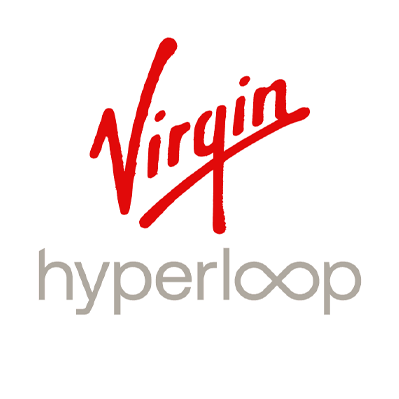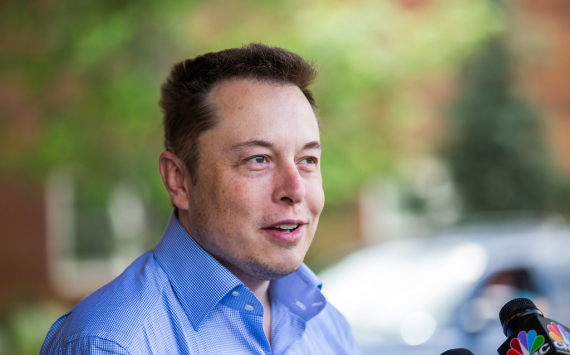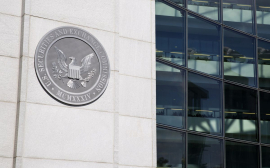Description
Virgin Hyperloop is an American transportation technology company that works to commercialize the high-speed travel concept called the Hyperloop, a variant of the vacuum train. The company was established on June 1, 2014, and reorganized and renamed on October 12, 2017.
Hyperloop systems are intended to move passengers and/or cargo at airline speeds at a fraction of the cost of air travel. They are designed to run suspended by magnetic systems in a vacuum tube. The original Hyperloop concept proposed to use a linear electric motor to accelerate and decelerate an air-bearing levitated pod through a low-pressure tube. The vehicle would glide silently at speeds up to 760 mph (1223.1 km/h) with very low turbulence. The system is proposed to be entirely autonomous, quiet, direct-to-destination and on-demand. As it is proposed to be built on columns or tunneled underground, it would eliminate the dangers of at-grade crossings and require smaller rights of way than high-speed rail or a highway. Virgin Hyperloop has made substantive technical changes to Elon Musk's initial proposal and chose not to pursue the Los Angeles–to–San Francisco notional route that Musk envisioned in his 2013 alpha-design white paper.
The company had raised $295 million on December 18, 2017 and demonstrated a form of propulsion technology on May 11, 2016, at its test site in North Las Vegas. It has completed a 500-meter Development Loop (DevLoop) and on May 12, 2017, held its first full-scale test. The test combined Hyperloop components including vacuum, propulsion, levitation, sled, control systems, tube and structures. As of May 2019, the company had raised $400 million.
Its publicly stated goal is to launch commercial operations by 2030.
On November 8, 2020, after more than 400 unmanned tests, the firm conducted the first human trial at a speed of 172 km/h (107 mph) at its test site in Las Vegas, Nevada. However, in February 2022, the company abandoned plans for human rated travel and instead focused on freight, firing more than a hundred employees amounting to half its total workforce.
























